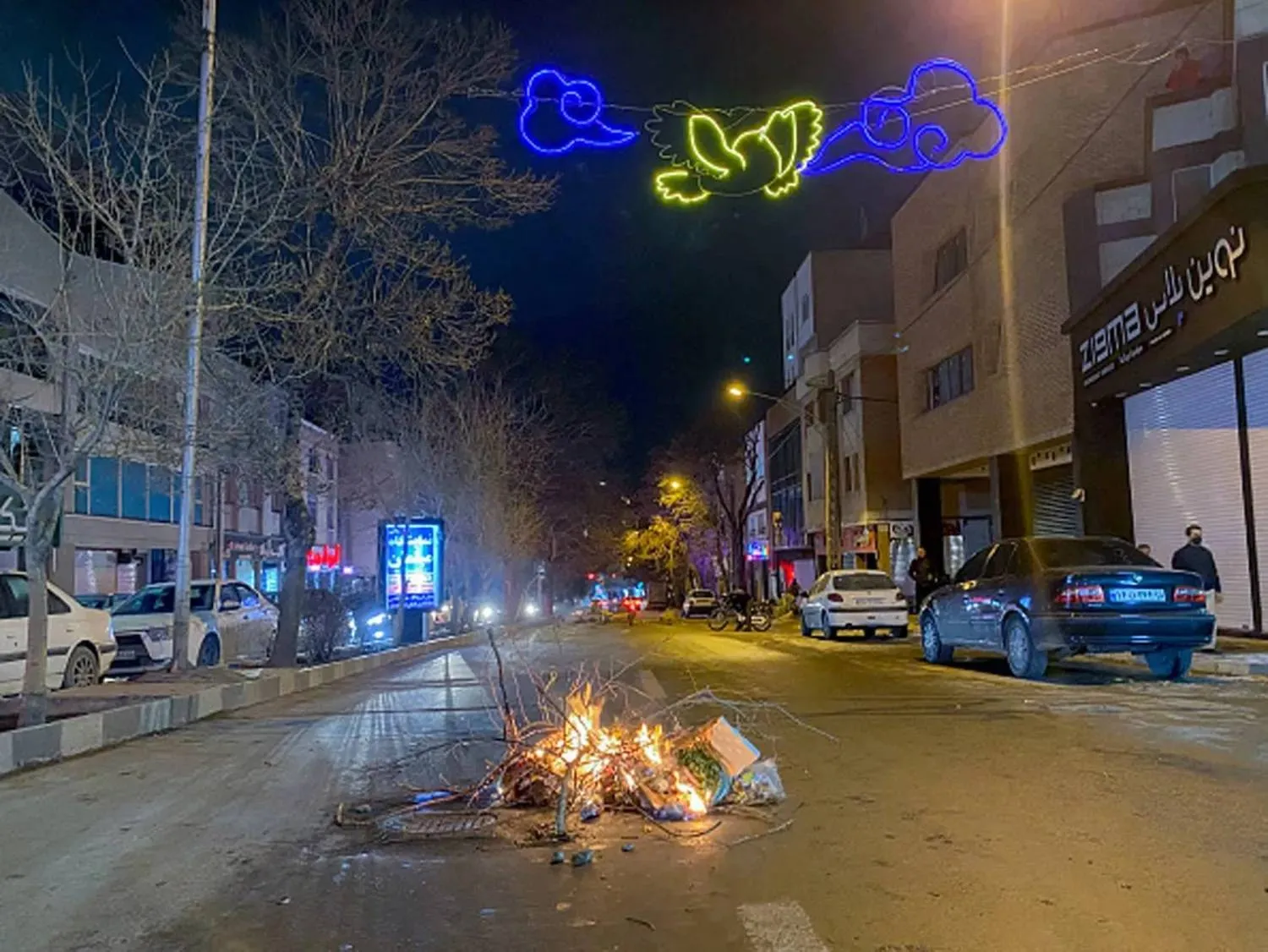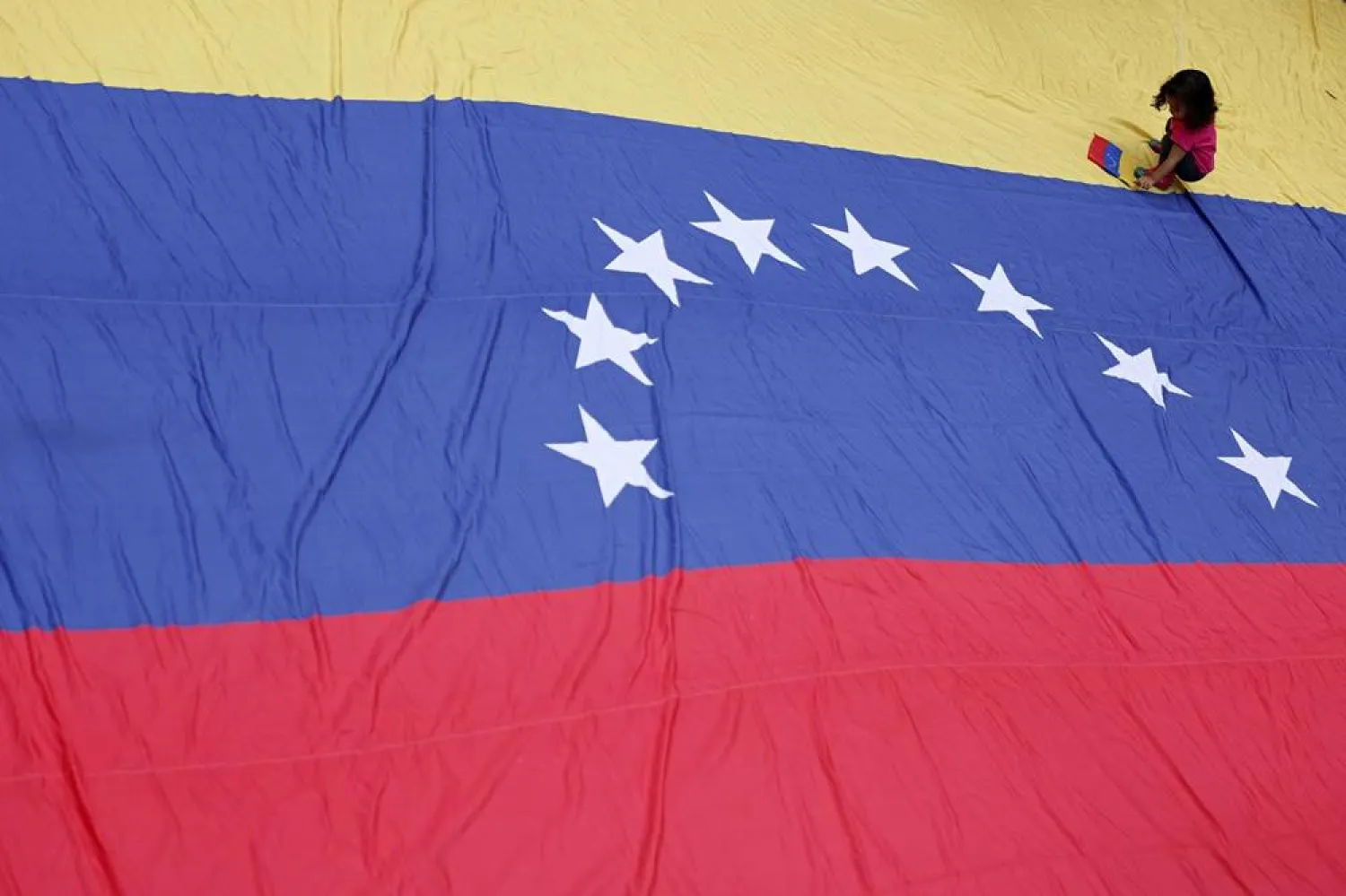Cries of grief echoed across southern Gaza's Nasser Hospital Monday as dozens came to mourn Hossam Wafi, after the father of six was killed while attempting to get supplies to feed his family.
His mother, Nahla Wafi, sobbed uncontrollably over her son, who was among 31 people killed by Israeli fire while trying to reach a food distribution site the previous day, according to the Palestinian territory's civil defense agency.
"He went to get food for his daughters and came back dead," said Nahla Wafi, who lost two sons and a nephew on Sunday.
Hossam Wafi had travelled with his brother and nephew to a newly established distribution center in the southern city of Rafah.
"They were just trying to buy (flour). But the drone came down on them," his mother said, as she tried to comfort four of her granddaughters in the courtyard of Nasser Hospital in Khan Younis.
Israel has faced growing condemnation over the humanitarian crisis in the war-ravaged Gaza Strip, where the United Nations has warned the entire population faces the risk of famine.
-'Go there and get bombed'-
The International Committee of the Red Cross (ICRC) said that its field hospital in Rafah received 179 cases on Sunday, including 21 pronounced dead on arrival.
The ICRC said that all those wounded "said they had been trying to reach an aid distribution site", and that "the majority suffered gunshot or shrapnel wounds".
Israeli authorities and the Gaza Humanitarian Foundation, a US and Israeli-backed outfit that runs the distribution centers, denied any such incident took place.
The military instead said that troops fired "warning shots" at people who approached them one kilometer away from the Rafah distribution site before dawn.
A witness told AFP thousands of people gathered at the area, known locally as the Al-Alam junction, between 2:00 and 4:00 am (2300 GMT and 0100 GMT) in the hopes of reaching the distribution center.
At Nasser Hospital, Hossam Wafi's young daughters called out for their father, kissing his body wrapped in a white shroud, before it was taken away.
Outside the hospital, dozens of men stood in silence before the body, praying. Some cried as the remains were taken away, one of them holding the father's face until he was gently pulled away.
His uncle, Ali Wafi, told AFP he felt angry his nephew was killed while trying to get aid.
"They go there and get bombed -- airstrikes, tanks, shelling -- all for a piece of bread," he said.
"He went for a bite of bread, not for anything else. What was he supposed to do? He had to feed his little kids. And the result? He's getting buried today," he added.
- Militarized aid -
The deaths in Rafah were one of two deadly incidents reported by Gaza's civil defense agency on Sunday around the GHF centers, which the UN says contravene basic humanitarian principles and appear designed to cater to Israeli military objectives.
There have been several other reports of chaotic scenes and warning shots fired in connection with the distribution sites over the past week.
The UN's humanitarian agency (OCHA) published a video of one such distribution site in central Gaza's Netzarim corridor on Thursday.
A large crowd is seen gathered around four long corridors made from metal fences installed in the middle of an arid landscape, corralling men and women into files to receive flour.
The distribution site and its waiting area sit on a flattened piece of land surrounded by massive mounds of soil and sand.
It is manned by English-speaking security guards travelling in armored vehicles.
Palestinians exiting the distribution area carry cardboard boxes sometimes bearing a "GHF" logo, as well as wooden pallets presumably to be repurposed as fuel or structures for shelter.
In the large crowd gathered outside the gated corridors, some men are seen shoving each other, and one woman complains that her food package was stolen.
Hossam Wafi's uncle Ali said he wished Gaza's people could safely get aid.
"People take the risk (to reach the distribution site), just so they can survive."









